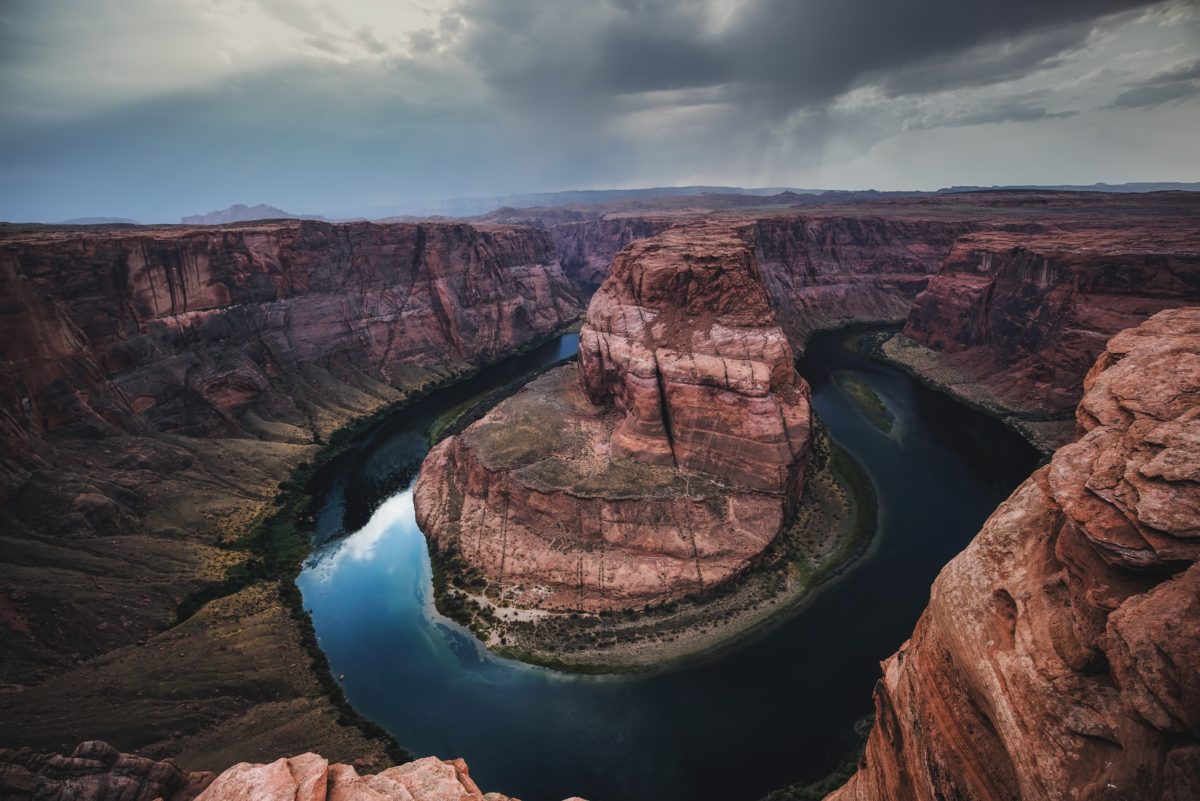
Water consumption cuts have been ordered in southwestern states.
The Lake Mead reservoir, formed from the Hoover Dam off of the Colorado River, is the largest water reservoir in the entire United States. For as long as the river has been known, it has never declined enough to reach drought status. However, in recent years, due to increasing temperatures caused by global climate change, more and more water has been burning off in the hotter months. This has culminated in the river’s very first drought, as of Monday.
The US Government declared the very first water shortage in the Colorado River yesterday, which means that mandatory water consumption cuts will be put into action in the southwestern United States. Lake Mead is currently at only 35% capacity, the lowest it’s been since the creation of the Hoover Dam in the 1930s. The nearby Lake Powell reservoir isn’t fairing much better, sitting at an even lower 32% capacity.
“It’s very significant,” Brad Udall, senior water and climate scientist at Colorado State University, told CNN. “It’s something that those of us in the climate community have been worried about for over a decade, based on declining flows due to climate change.”
Lake Mead is estimated to remain at roughly 1,066 feet of elevation into next year. As such, starting on January 1, 2022, the Colorado River will experiencing the first tier of water usage cuts.
“Given ongoing historic drought and low runoff conditions in the Colorado River Basin, downstream releases from Glen Canyon Dam and Hoover Dam will be reduced in 2022 due to declining reservoir levels,” reads the US Bureau of Reclamation’s report.
“There’s no doubt that climate change is real – we’re experiencing it every day in the Colorado River Basin and in other basins in the West,” said Tanya Trujillo, assistant secretary for water and science at the US Department of the Interior. “I think the best strategy for planning is to think about a broad range of scenarios and a broad range of potential hydrology, and to work closely with our partners in the basin to try to think through all of those scenarios.”
